Chapter 11
Congress: Balancing National Goals and Local Interests
Multiple Choice Questions
- The framers of the Constitution saw the ________ as the preeminent component of the federal government.
A.Supreme Court
B. bureaucracy
C. Congress
D. president
E. None of these answers is correct.
Accessibility: Keyboard Navigation
- In the nation’s first century,
A.service in Congress was even more of a lifetime career than it is now.
B. members of Congress would move from House to Senate and back with little concern for the relative power and prestige of the chambers.
C. service in Congress was not seen as a lifetime career for most of its members.
D. service in Congress was restricted by the imposition of term limits in many states.
E. service in Congress was greatly preferred to service in state government.
Accessibility: Keyboard Navigation
- The modern Congress is different from the nineteenth-century Congress in that most members
A.are now professional politicians who want to stay in Congress.
B. are now amateur politicians who want only to spend a short time in Congress.
C. are now minorities or women.
D. have previously been governors of their home states.
E. return to their respective state legislatures after their congressional service is over.
Accessibility: Keyboard Navigation
- Approximately ________ percent of House incumbents win reelection.
A.57
B. 65
C. 74
D. 82
E. 92
Accessibility: Keyboard Navigation
- Approximately ________ percent of Senate incumbents win reelection.
A.57
B. 65
C. 74
D. 84
E. 98
Accessibility: Keyboard Navigation
- In an average election, about 1 in ________ House seats is a truly competitive election.
A.2
B. 3
C. 4
D. 5
E. 6
Accessibility: Keyboard Navigation
- Legislation whose tangible benefits are targeted solely at a particular legislator’s constituency is often criticized as
A.pork.
B. logrolling.
C. gerrymandering.
D. private legislation.
E. public interest legislation.
Accessibility: Keyboard Navigation
- Congressional staffers spend most of their time on
A.constituency service and legislative matters.
B. legislative matters.
C. constituency service and public relations.
D. legislative matters and constituency service.
E. public relations.
Accessibility: Keyboard Navigation
- Campaign spending tends to be a much greater task for
A.challengers than for incumbents.
B. Republican candidates.
C. Democratic candidates.
D. candidates in urban areas than for candidates in rural areas.
E. men than for women.
Accessibility: Keyboard Navigation
- In 2010, the average Senate race saw about ________ dollars in campaign spending.
A.2 million
B. 4 million
C. 8 million
D. 15 million
E. 34 million


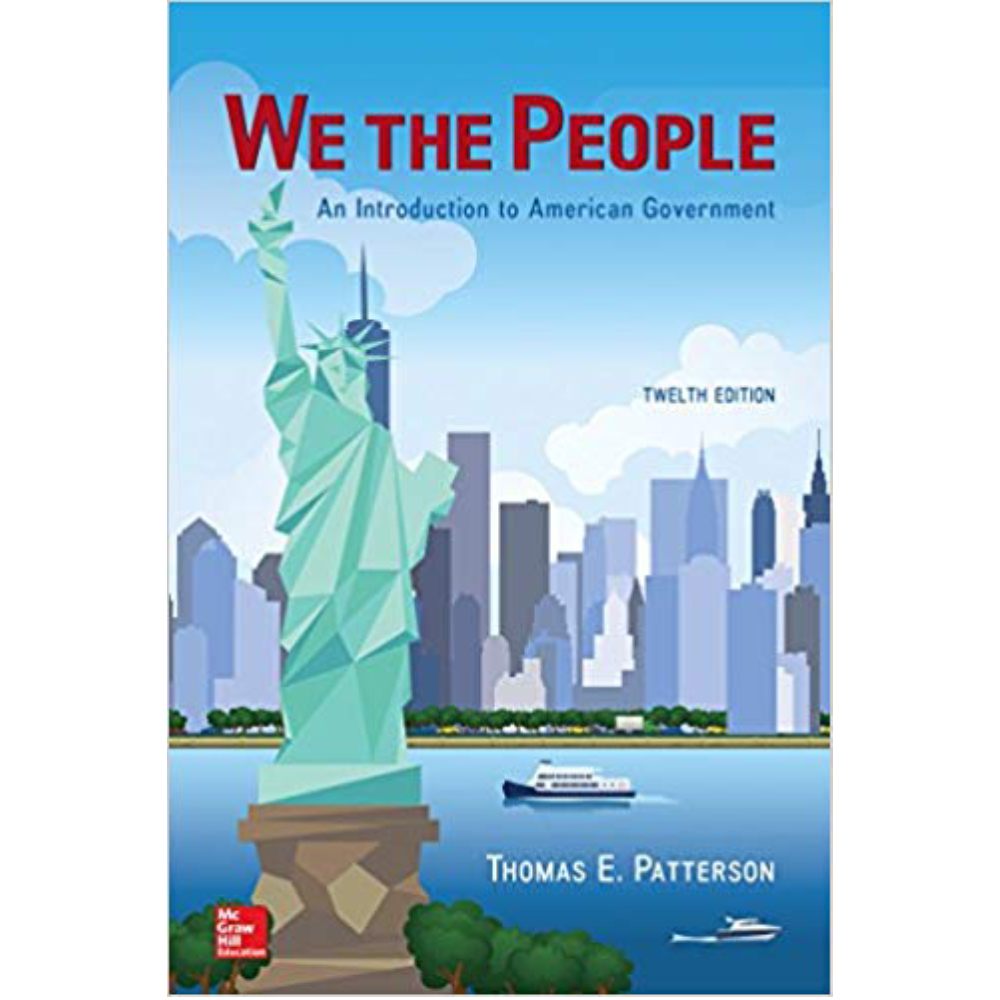
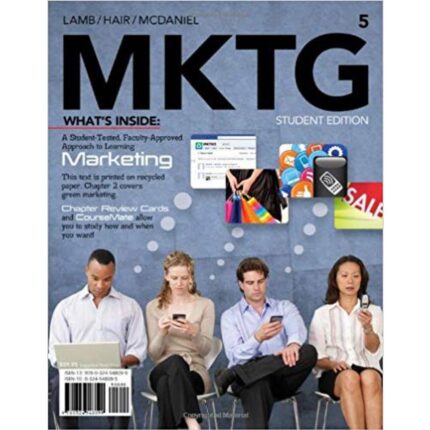

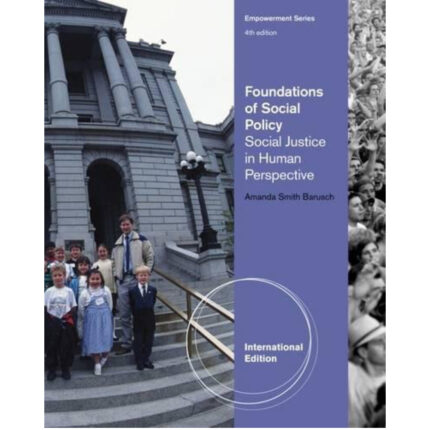
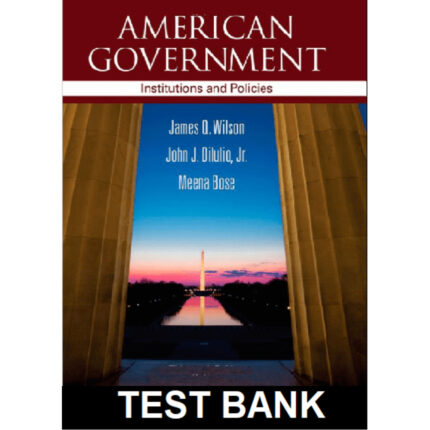
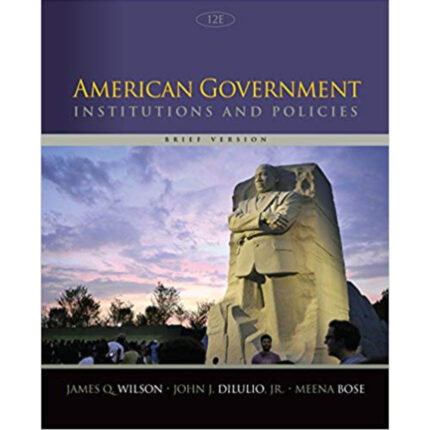

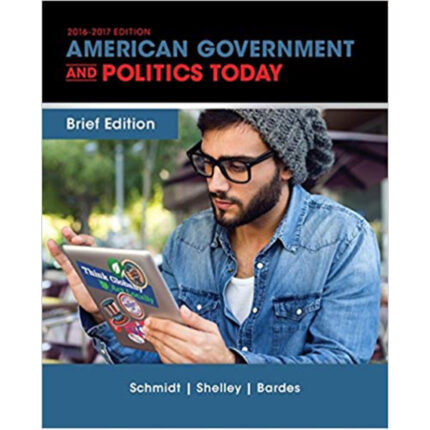



Reviews
There are no reviews yet.